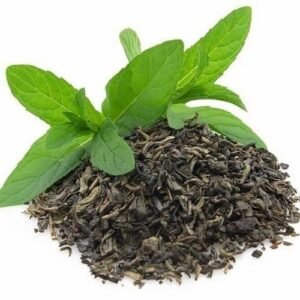Tamarind
- Type: Tamarind, known scientifically as Tamarindus indica, is a tropical tree native to Africa but also cultivated in many other warm regions like India, Pakistan, and Southeast Asia. It’s known for its unique sweet and tangy fruit, which has been used for centuries in various ways.
- Fruit: Brown, pod-like, containing edible pulp surrounding seeds.
- Flavor: Young tamarind pulp is sour, while ripe pulp is a sweet-and-sour blend.
- Tamarind seed oil: Contains potential anti-inflammatory and pain-relieving properties, but it’s important to consult with a healthcare professional before using tamarind seeds for medicinal purposes due to potential side effects.
- Uses:
- Culinary: Used in various cuisines worldwide, especially in sweet and savory dishes, beverages, sauces, and chutneys.
- Traditional medicine: Used in some cultures for treating digestive issues, fever, and other ailments.
- Industrial uses: Seed extract used in some polishes and metal treatments.
Additional Information:
- Tamarind is a good source of antioxidants, which help protect cells from damage.
- The use of tamarind in traditional medicine varies culturally, and it’s important to consult a healthcare professional before using it for any medicinal purposes.
- Tamarind pods come in two forms: “wet” with sticky pulp and “dry” with hardened pulp. Each form has different culinary uses.







